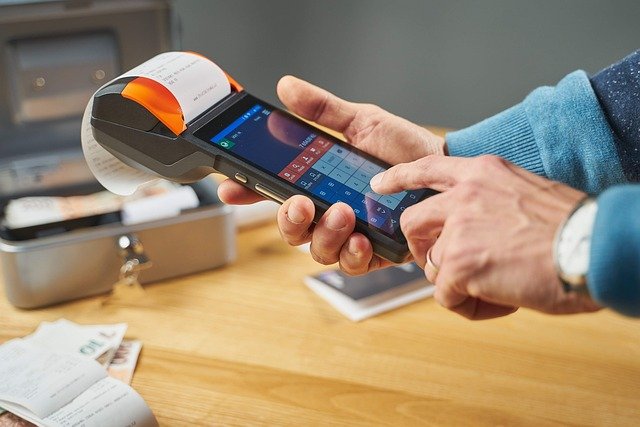Online Shopping and E-commerce: Buying Retail with Smartphones
Online shopping has reshaped how people discover, evaluate, and buy goods. From specialty items to everyday essentials, e-commerce platforms connect shoppers and retailers across distances, while smartphones put that connection in a pocket. This article explains the practical side of online retail buying—how platforms work, payment and security considerations, fulfillment choices, and smartphone-specific tips—so readers can make informed decisions without hype or vague promises.

How shopping habits are changing
Consumers now combine window-shopping with deliberate research: reading reviews, comparing specs, and watching short videos before purchasing. Shopping habits increasingly favor convenience—time saved and access to a wider variety of products—yet many people still value tactile experiences and may mix online and in-person retail. Retailers respond with flexible return policies, clearer product descriptions, and omnichannel inventory so shoppers can choose delivery, in-store pickup, or local services. Understanding these patterns helps consumers pick the channel that matches their priorities: price, speed, or the ability to inspect an item.
What e-commerce platforms offer
E-commerce platforms range from large marketplaces to specialized storefronts and social-commerce integrations. Marketplaces aggregate many sellers and often provide standardized buyer protections, while individual brand stores can offer exclusive models or warranty advantages. Platforms also differ in search tools, recommendation engines, and supported payment methods. For sellers, platform fees, shipping integrations, and analytics vary. For shoppers, evaluating delivery windows, return terms, and seller ratings is essential. Clear product photos, detailed specs, and consistent sizing charts can reduce uncertainty when buying online.
How online payments and security work
Online transactions use encryption and tokenization to protect card details and personal information. Common payment methods include credit/debit cards, digital wallets, and buy-now-pay-later options; each has distinct dispute and refund processes. When shopping online, verify site security (secure HTTPS connections) and prefer reputable payment gateways. Two-factor authentication on accounts and unique passwords reduce risk if credentials are compromised. Be cautious about public Wi‑Fi during checkout and review your bank statements regularly for unfamiliar charges. Consumer protections differ by country and card type, so check policies before completing higher-value purchases.
Retail fulfillment and delivery options
Retail fulfillment has diversified to meet varied expectations: standard shipping, expedited courier services, curbside pickup, and same-day delivery in some areas. Retailers may partner with local services or third-party logistics providers to reach more customers. Inventory transparency—knowing whether an item ships from a warehouse or a nearby store—affects delivery time and return logistics. When choosing a shipping option, consider total cost, reliability, and environmental impact. For fragile or high-value items, insured shipping and signature-required delivery add protection. Read return and refund timelines closely, since policies influence the true convenience of a purchase.
Using a smartphone for purchases
Smartphones are a primary tool for online shopping research and transactions, combining camera, biometric security, and always-on connectivity. Mobile-optimized sites and apps streamline browsing, let you capture product images or barcodes, and save payment methods to speed checkout. However, small screens can hide important details—inspect product descriptions and return policies carefully. Enable device-level protections such as screen locks, app permissions management, and automatic updates. Use official apps where possible and confirm app permissions before installing. Mobile wallets and biometric authentication can make payments both quicker and safer when configured correctly.
Conclusion
Online shopping and e-commerce have created more choices and greater convenience for consumers and retailers alike, especially through the widespread use of smartphones. Effective shopping involves combining careful product research, security-aware payment habits, and an understanding of fulfillment and return options. By focusing on reliable product information, checking seller and platform policies, and using secure devices and networks, shoppers can navigate retail channels more confidently and select the options that best match their needs and priorities.






